Second World War veterans accuse flying ace Sir Douglas Bader of 'putting pilots at risk' with Battle of Britain tactics
-
•His 'Big Wing' theory - previously celebrated - has been slammed by veterans in a new TV film
-
•Wing Commander Tom Neil, 93 is one who said it was slow and dangerous
-
•'We would be arriving home with our tongues hanging out and we'd see these 60 aircraft in close formation coming overhead, he said
PUBLISHED: 14:45, 21 September 2012 | UPDATED: 16:54, 21 September 2012
He was Britain's most celebrated pilot of the Second World War, who lost both legs in a plane crash, yet went on to help the Allies beat the Germans in the air.
But a new documentary, while confirming his aerial brilliance, has trashed Sir Douglas Bader's 'Big Wing' tactics that used up to 60 RAF planes to smash through the enemy in a cluster.
Veterans who served with him say this was a sluggish way to attack and put many other pilots at risk.
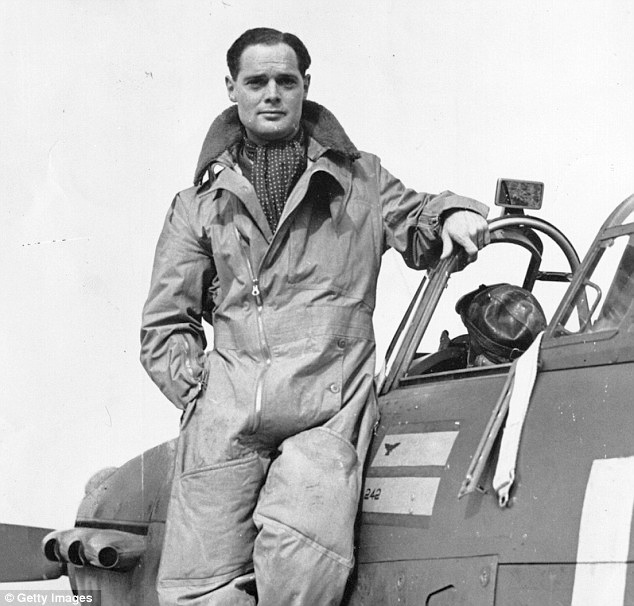
Hero: Sir Douglas Bader, pictured during the war, was a celebrated pilot but his tactics have been criticised in a new documentary
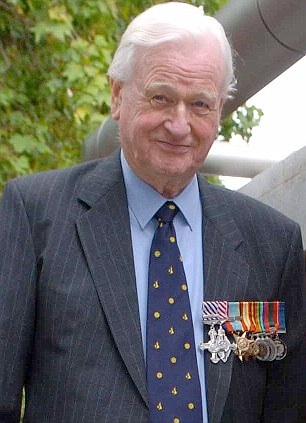
Critic: Wing Commander Tom Neil, pictured, said that Big Wing's success was overrated, adding it was slow and dangerous
Wing Commander Tom Neil, 93, who received the Distinguished Flying Cross and Bar and who had 15 confirmed kills in the war has taken part in the Heroes of the Skies programme.
'They always arrived after the action,' he told the Times.
'We would be arriving home with our tongues hanging out and we'd see these 60 aircraft in close formation coming overhead, going, "Where is all the enemy?" Well, they'd all gone home.
'They were claiming 20, 25, 30 aircraft shot down but as far as we were concerned no aircraft were shot down. The claims by Big Wing always seemed exaggerated.'
Another pilot said simply: 'Big Wing was absolute nonsense,'
Bader's story is an infamous one that later made it to the big screen.
In the 1930s he lost both his legs in an air crash, but rather than being a disability he used it to his advantage and returned to flying.
Many airmen passed out because of the G-forces, which caused blood to rush from their heads to their legs very quickly.
But because of Bader's 1931 accident he had no such problems and could push himself, his body and his aircraft to the absolute limit.
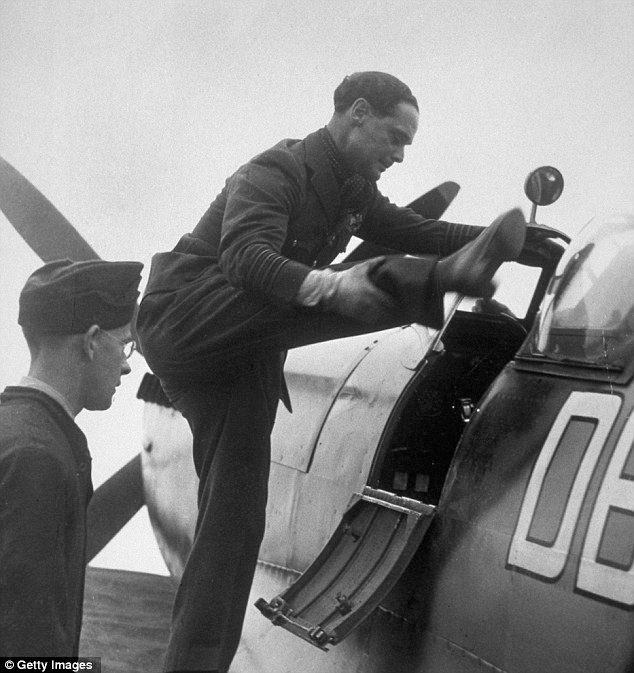
Incredible: Fighter pilot Douglas Bader lost both his legs in a flying accident in 1931 but overcame his disability, rejoined the RAF in 1939, and commanded the RAF Canadian Fighter Squadron during the Battle of Britain
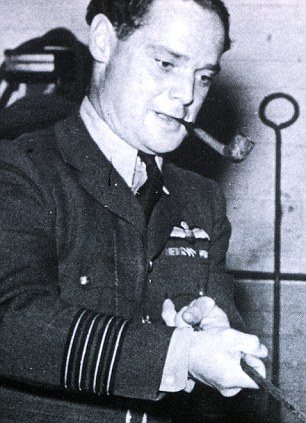
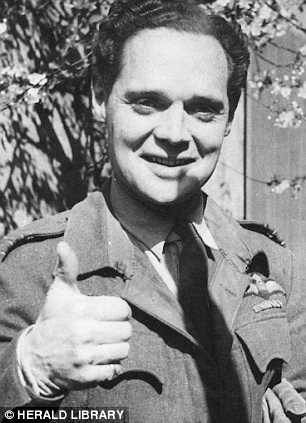
Celebrated: Sir Douglas's exploits in the war made him a hero in Britain and was even recognised by the Germans despite his various attempts to escape captivity
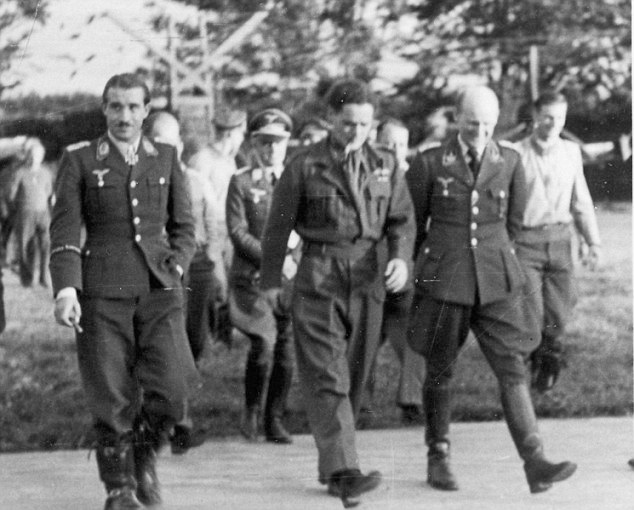
Legend: In August 1941 he was shot down over Le Tourquet and He was captured by German forces - pictured here - and used for propaganda purposes
He became even more celebrated after he bailed out over France in the summer of 1941, falling into German hands.
For the remainder of the war he was a constant thorn in the enemy's side, successfully escaping with other Britons from various camps they put him in.
He managed to evade the Germans for days at a time during various thrilling escapes - almost making it back to Britain on more than on occasion.
Finally he was put in Colditz, but despite further attempts to get out, he failed, staying there until the end of the war.
Heroes of the Skies started last night on Channel 5, and is formed of six, one-hour documentaries.
'Big Wing' was Bader's brainchild and he managed to convince Air Vice-Marshal Sir Trafford Leigh-Mallory, who led the defence of the Midlands, that it worked and it should be used.
But distinguished Air Vice-Marshal Keith Park, whose area was London and the south east, disagreed as he wanted smaller and faster teams to attack the Germans.
However, he was replaced by Leigh-Mallory, who decided to use Big Wing more widely.
And the tactic continues to be popular with other veterans, who defended Big Wing.
Sir Alan Smith, 95, who was Bader's wingman and had at least 20 confirmed kills in battle said: 'It was very logical and very sensible.He was a marvellous leader, a brilliant pilot, a dead shot and everything you relished.
In a final tribute to his friend, who died in 1982, 'He didn't just save my life, he saved a hell of a lot of lives,' Sir Alan said.
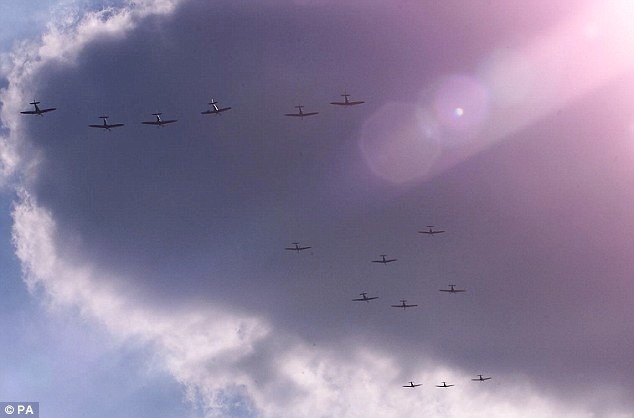
Tactic: This modern reenactment over Duxford shows planes using Big Wing, which used up to 60 planes to fly at the enemy